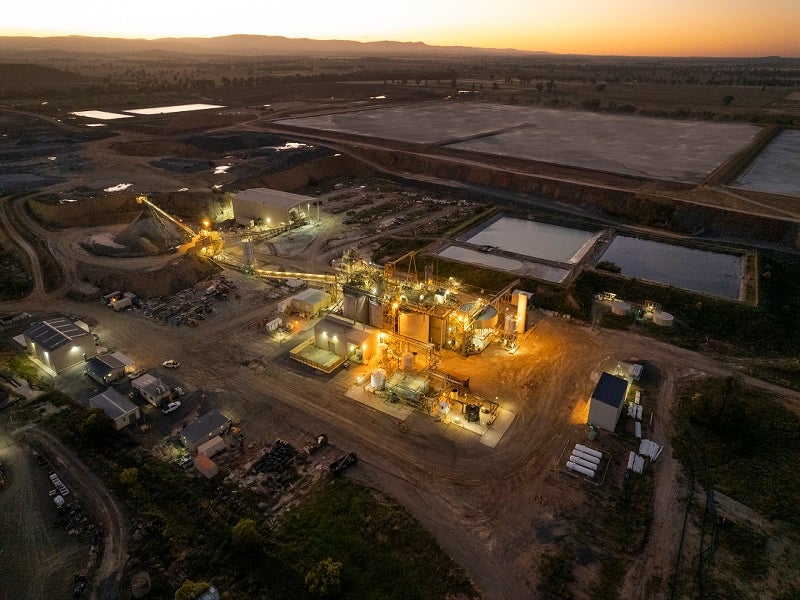Australian Mining spoke to Lorbrand about what makes its composite rollers stand out.
Conveyor rollers remain one of the most important conveyor belt components on the market.
As it looked to boost operational efficiency and material transportation, the bulk material handling industry had been searching for a lighter and more robust conveyor roller.
Enter Lorbrand Australia.
For over a decade, Lorbrand has provided industry-leading conveyor belt systems and solutions such as conveyor idlers, pulleys and rollers.
Now, Lorbrand offers a lightweight and durable alternative to standard steel conveyor rollers.
“Traditionally, steel rollers have been the way of the industry, but over the last 10 years there’s been a transition to composite,” Lorbrand general manager – Australia David Massarotto told Australian Mining.
“There’s several drivers behind the change, weight being one. A composite roller will weigh anywhere from 30 to 60 per cent less than a steel roller.”
Reduced weight offers several advantages.
“By carrying less weight, we considerably reduce the risk of manual handling issues and physical injury,” Massarotto said. “Our aim for iron ore is to get everything under 20 kilograms, which is not possible with steel.
“Miners and exporters are always looking at ways they can put more tonnes on their conveyors. So every kilogram we take off a machine means an added kilogram to their throughput.”
Available in materials such as high-density polyethylene (HDPE), ultra-high molecular weight polyethylene (UHMWPE) and nylon, Lorbrand’s composite rollers are known for reducing noise violations and being “belt-friendly”.
“If a composite roller is to seize or fail, it won’t damage the conveyor belt allowing belt crews to plan a roll changeout or slot it into scheduled conveyor downtime rather than having to stop the conveyor to prevent damage to other conveyor componentry,” Massarotto said.
“With a traditional steel roller, if it jams or seizes and the belt runs over it, the rollers begin to wear and form sharp edges which can severely damage the conveyor belt, impairing a critical piece of conveyor componentry and leading to unscheduled downtime. This can have considerable cost implications.”
It’s no secret unscheduled downtime can cost operations millions of dollars of lost productivity per day. With Lorbrand’s composite rollers, operations can continue even if a roller fails.
“Historically, a site will immediately have to stop a belt if it has a seizure,” Massarotto said. “If you’re in iron ore, to change one roll can take between one and three hours of downtime given the associated safety measures that need to be completed first, especially on long overland conveyors.
“However, a composite roller will continue to wear without sharpening, meaning you don’t get this razor sharpness that can cause conveyor failures.
“A composite roller enables you to continue running the belt, and then when you have scheduled downtime, you can go through and change the rollers when possible.”
While many Australian mining operations are in remote regions of the country, there are also mines proximate to residential areas. Here, noise reduction is critical.
“In regions such as the Hunter Valley, you might have big overland conveyors running close to residential areas between a power station and a coal mine,” Massarotto said.
“Noise pollution can be deadened by transitioning to composite rollers, because there isn’t the shell resonance that you get with steel or aluminium rollers.
“This means mining companies and exporters can operate for longer with lower chance of noise restrictions being enforced on them.”
Lorbrand also manufactures composite conveyor guarding and composite wind guards to further supplement conveyor systems. These provide further noise reduction.
“Our guards and wind guards tend to further dampen noise around the conveyor,” Massarotto said. “Plastic tends to absorb noise, whereas steel reflects noise.
“We installed wind guards to help with corrosion and weight, but we’re seeing this product also make conveyors quieter.
“This highlights the advantages of using composite componentry around conveyors. They are safer, can drive down weight and noise and enable operators to avoid costly unscheduled downtime on their conveyors.”
This feature appeared in the August 2024 issue of Australian Mining.




